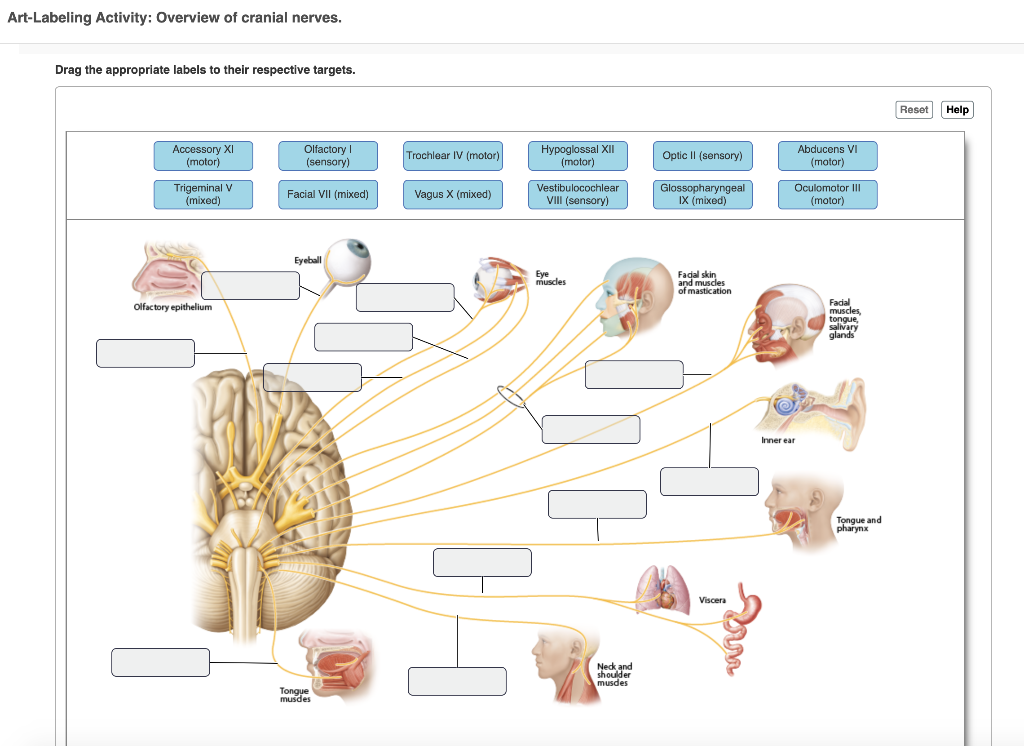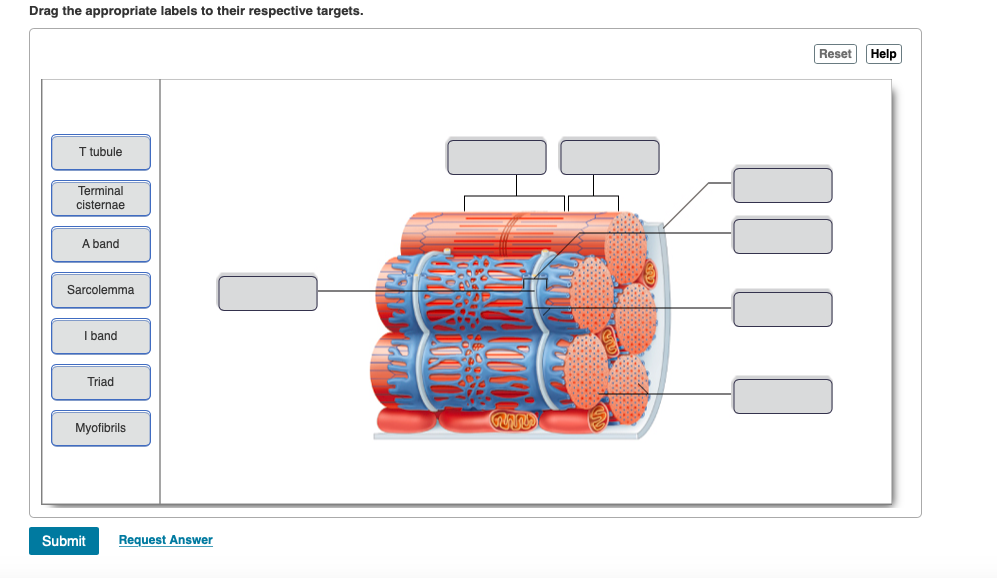
Nevertheless, the Spitfire was a better fighter aircraft than the Hurricane.

Mitchell continued to refine the design until his death in 1937, whereupon his colleague Joseph Smith took over as chief designer, overseeing the Spitfire's development through many variants.ĭuring the Battle of Britain (July–October 1940), the public perceived the Spitfire to be the main RAF fighter however, the more numerous Hurricane shouldered more of the burden of resisting the Luftwaffe.

Mitchell developed the Spitfire's distinctive elliptical wing (designed by Beverley Shenstone) with innovative sunken rivets to have the thinnest possible cross-section, achieving a potential top speed greater than that of several contemporary fighter aircraft, including the Hawker Hurricane. Mitchell, chief designer at Supermarine Aviation Works, which operated as a subsidiary of Vickers-Armstrong from 1928. The Spitfire was designed as a short-range, high-performance interceptor aircraft by R. The Spitfire remains popular among enthusiasts around 70 remain airworthy, and many more are static exhibits in aviation museums throughout the world. It was the only British fighter produced continuously throughout the war. Many variants of the Spitfire were built, from the Mk 1 to the Rolls-Royce Griffon-engined Mk 24 using several wing configurations and guns. The Supermarine Spitfire is a British single-seat fighter aircraft used by the Royal Air Force and other Allied countries before, during, and after World War II.

Audio recording of Spitfire fly-past at the 2011 family day at RAF Halton, Buckinghamshire


 0 kommentar(er)
0 kommentar(er)
